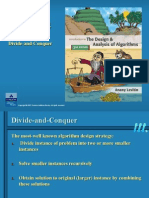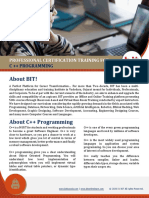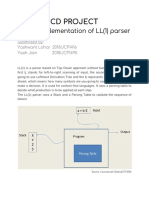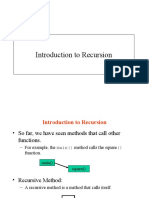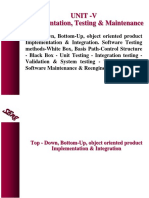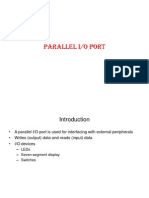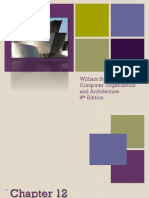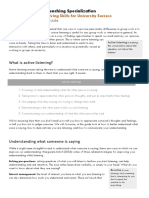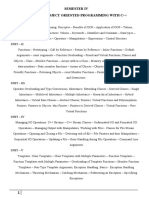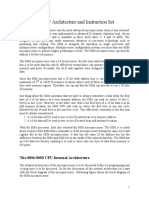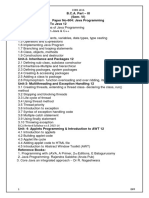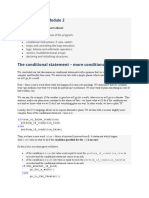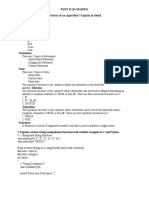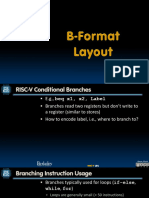100% found this document useful (1 vote)
359 views40 pagesInstruction Sets: Characteristics & Functions
The document discusses machine instruction sets and their characteristics. It covers the structure of machine instructions, including operation codes, operands, and addressing modes. Common types of operands are numbers, characters, logical data, and packed decimal. Instruction sets also typically include common operations like data transfer, arithmetic, logical, conversion, I/O, system control, and transfer of control.
Uploaded by
Trần Thái SơnCopyright
© © All Rights Reserved
We take content rights seriously. If you suspect this is your content, claim it here.
Available Formats
Download as PDF, TXT or read online on Scribd
100% found this document useful (1 vote)
359 views40 pagesInstruction Sets: Characteristics & Functions
The document discusses machine instruction sets and their characteristics. It covers the structure of machine instructions, including operation codes, operands, and addressing modes. Common types of operands are numbers, characters, logical data, and packed decimal. Instruction sets also typically include common operations like data transfer, arithmetic, logical, conversion, I/O, system control, and transfer of control.
Uploaded by
Trần Thái SơnCopyright
© © All Rights Reserved
We take content rights seriously. If you suspect this is your content, claim it here.
Available Formats
Download as PDF, TXT or read online on Scribd
/ 40


